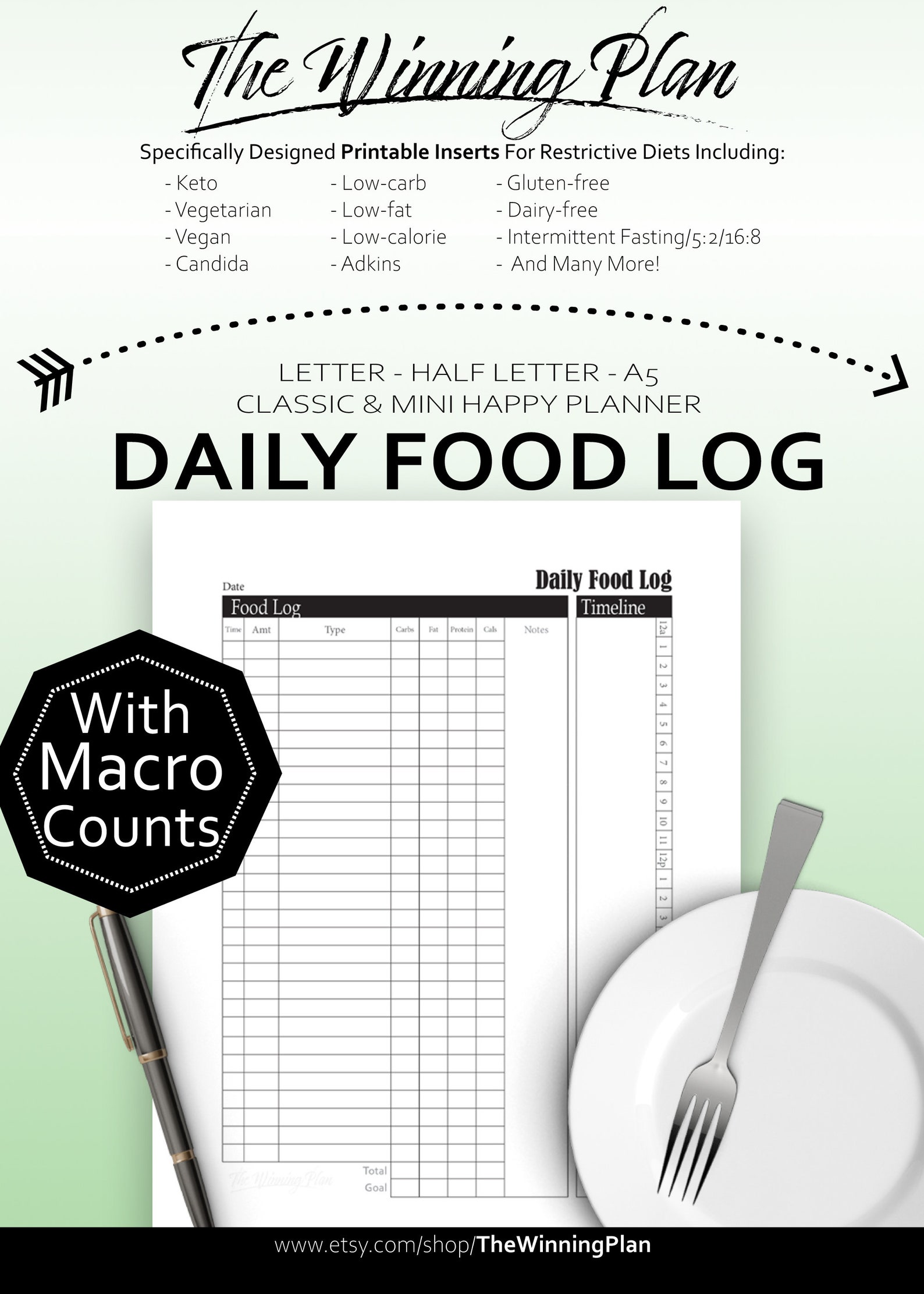

Refer to the weight tables for adult males and females, and the recommended caloric intake of adult males and females. If you eat 250 grams of a food which is 25% fat, 35% protein and 40% carbohydrate, calculate total calories consumed? _ġ0. 1 gram of protein yields 4 calories and 1 gram of carbohydrate yields 4 calories. What is the importance of vitamins? What's the difference between fat-soluble and water-soluble vitamins? When can fat-soluble vitamins be dangerous? Do people with good diets need vitamin supplements? What is a vitamin deficiency? Look up scurvy and rickets on Wikipedia. Take a look at the Recommended Daily Intake tables, and determine how your diet compares to the Daily Reference Values (DRVs) for total fat, saturated fat, cholesterol, sodium, potassium, total carbohydrate, dietary fiber, and protein.Ĩ. What percentage of your total diet is fat _%, carbohydrate _%, protein _%ħ. Is there a pattern? At what time of day do you consume most of your calories? Is there any difference between weekdays and weekends?Ģ. Total up all of the calories you have consumed for a 7 day period, and divide by 7 for your daily average intake.

If you prefer not to use the program, you could instead read the labels on the packaging and record this information directly into a table like the one shown above, either on paper or in a spreadsheet.ġ. Use Diet Sleuth to keep track of everything you eat (not just what, but how many servings) for 7 days. If you like the program, you can purchase it for further use.
#Perfect diet tracker in mac for mac#
Single serving bag of Doritos potato chipsĪssignment: Download and install the free trial of the Diet Sleuth software for Mac or Windows, which works without registering for up to two weeks. Garden Salad with light (low-cal) dressing The obesity epidemic in America, from 1985 to 2010įor practice, look up the following foods to get a sense of how many calories are found in each item. All of these factors contribute to the problem. We spend more time in front of TVs and computers and less time outside being active. We have all the food we want, and we have more unhealthy food choices than in the past. What changes in our lifestyles account for it? Most of us don't have jobs that are physically strenuous. The Red Cross recently announced that in 2012, more people die of obesity than of starvation. Unfortunately, most of us consume more food and are less physically active than we should be, and this has led to an obesity epidemic in the developed world. When you need energy and none is readily available, you can break down the fat and release the energy again. If you take in more fuel than you need, the excess energy is stored as fat, a lightweight (does this surprise you?) high energy storage molecule. When you digest your food, you break it down and release the energy found in the bonds between molecules. It contains energy, which we measure in calories. Background: Remember that food is like fuel.


 0 kommentar(er)
0 kommentar(er)
